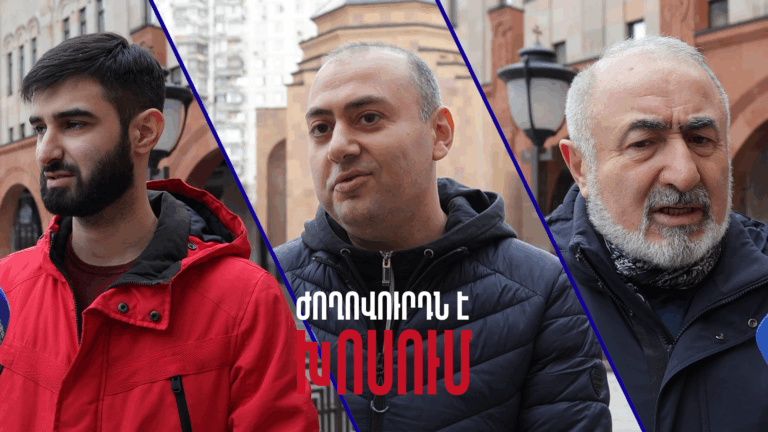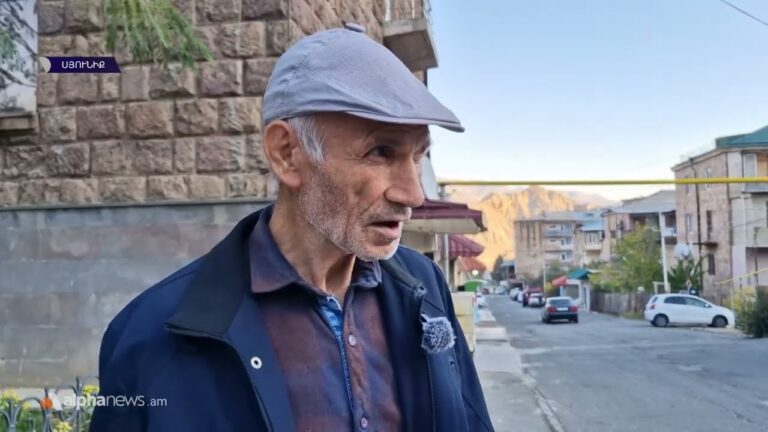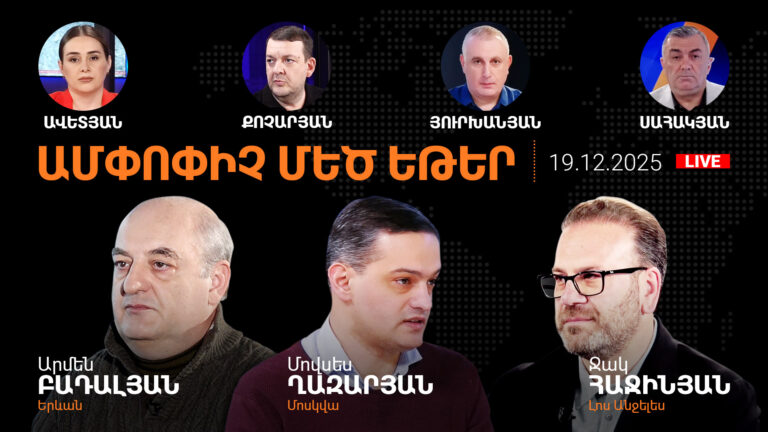The wording ‘annexation of Eastern Armenia to Russia’ is the Western narrative — Karen Igityan
Speaking with Alpha News, Karen Igityan, an expert on regional issues, has touched upon the use of the term “annexation” in the Armenian history textbook for the 8th grade, in reference to the events in the 19th century, when the territory of Eastern Armenia became part of the Russian Empire.
Karen Igityan described in detail the challenges that Eastern Armenia faced in that historical period, which was followed by the Russo-Persian and Russo-Turkish wars, with Eastern Armenia joining the Russian Empire.
“From the early 1600s to 1828, the population of Eastern Armenia decreased by almost 10 times. The population exceeding 1 million people decreased to 150,000. When the Russo-Persian and Russo-Turkish wars ended, Russia began resettling Armenians in Eastern Armenia. 40,000 Armenians returned from Persia, another 90,000 Armenians were resettled from Western Armenia, and there was a large natural increase in Eastern Armenia at that time. In just 90 years, the number of Armenians exceeded one and a half million, which led to more Armenians living in Eastern Armenia. This gave us the demographic opportunity to create the First Republic. Then, on this basis, a second republic was created, the Armenian Soviet Socialist Republic, and in 1991, we established the Third Republic,” Karen Igityan says.
The expert emphasizes that describing these events as an annexation was the approach of the Qajar dynasty, ruling at that time in Persia, and Western countries.
“The Qajars were allies of the British, had respective treaties under which the British armed the Persian army and financed the war. In other words, the British were the initiators. The wording ‘annexation of Eastern Armenia to Russia’ is the Western narrative. However, for the Armenian population, the Armenian Apostolic Church and the churches, it was a liberation, because at that time Islamic law reigned throughout Armenia. It established unequal rights and duties, and the Armenian people were oppressed. The Khan’s authorities abused their powers, Armenians were robbed, massacred, displaced, and in those conditions, when the Russian Empire came, Islamic law was abolished and a new legal system was created in which there was equality. Armenians were also exempted from taxes, duties to serve in the army; decades later, they only began to be drafted for military service, and most importantly, the Armenian region was created. It was really a liberation for the Armenian people,” Karen Igityan says.
Igityan argues that the use of the term “annexation” could not be a mistake. He believes this approach of the textbook’s authors is connected with the foreign policy changes pursued by the authorities.







